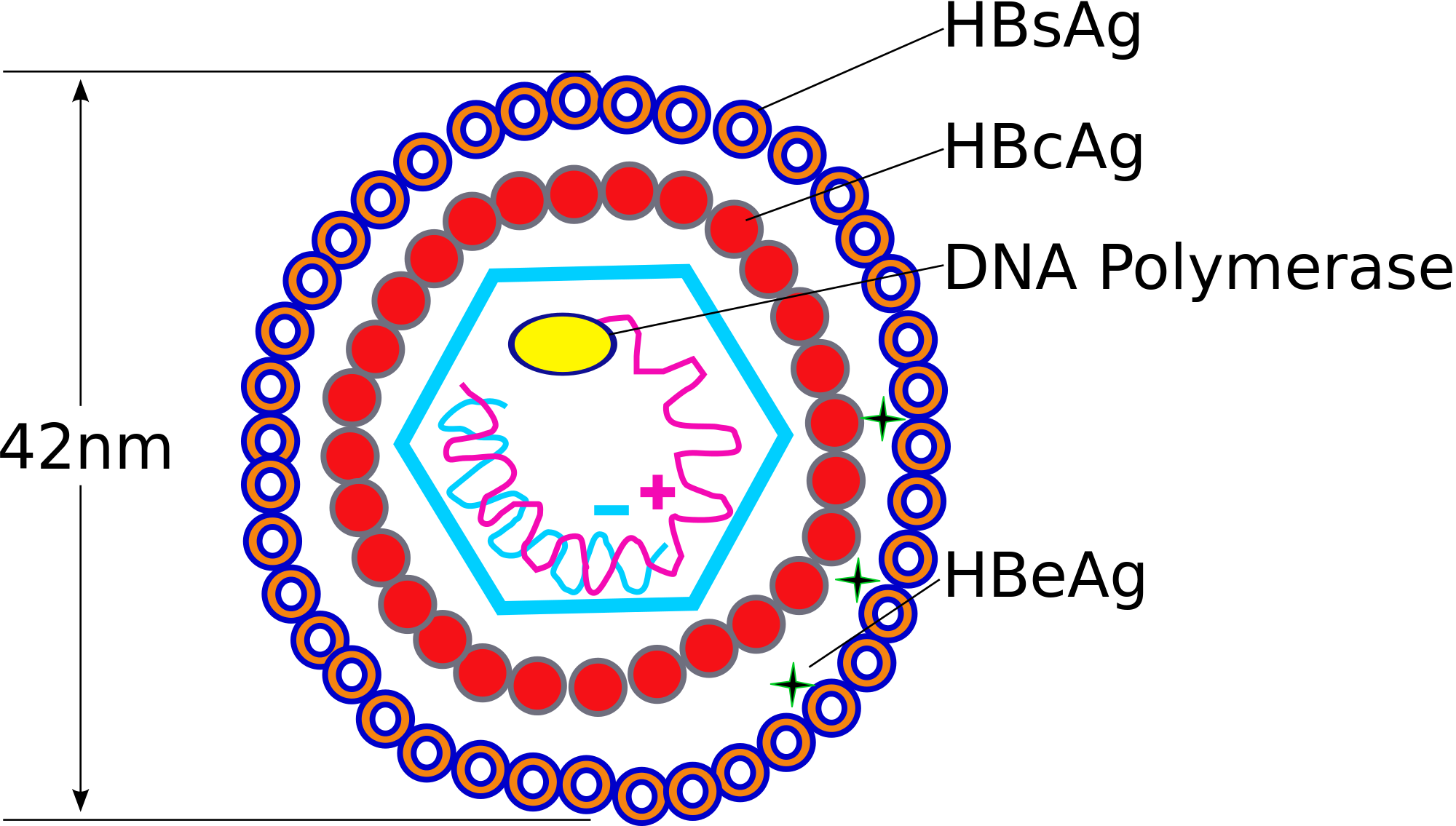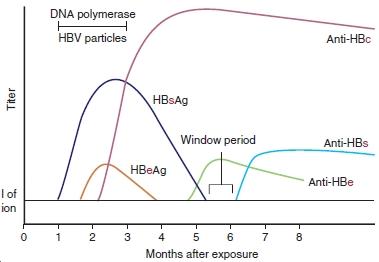Page Contents
OVERVIEW
This page is dedicated to covering how we test for the hepatitis B virus (HBV).
COMPONENTS OF HBV
While this may seem to be a tedious discussion, evaluating the different viral components of HBV is actually very clinically relevant, simply because the diagnostic tests in place target these exact viral components.

Different antigens are present in the hepatitis B virus that are clinically useful. This include:
- Hepatitis B surface antigen (HBsAg): exactly as it sounds, these refer to surface protein(s) that can be found on the surface of the virus. This is the first antigen that can be detected during infection.
- Hepatitis B envelope antigen (HBeAg): this is an antigen that is present only when the virus is high replicable.
- Hepatitis B core antigen (HBcAg): this antigen is found deeper inside the viral particle. It will become detectible only after the surface antigen can be detected.
The genome of HBV is also important to appreciate:
- Hepatitis B viral DNA will be present if ANY hepatitis B virus is in the body. Lab testing can pick up very few copies of this DNA making this the most sensitive test for hepatitis B infection in the body.
WHAT DOES OUR BODY DO IN RESPONSE TO HBV INFECTION?
As is the case with MANY infections, the infected host will begin making antibodies in response to infection. There are a few key antibodies one should be familiar with given that they are routinely tested for clinically.
Anti-HBc: this is the antibody designed against the core antigen (HBcAg). There are two different types of this antibody:
- Anti-HBc-IgM: this will resemble an acute infection.
- Anti-HBc-IgG: this will mark either a chronic infection or will be present in a patient who has recovered from HBV infection.
Anti-HBe: this antibody is designed against the envelope antigen (HBeAg). It will be present in patients with chronic HBV infection (that have low infectivity) or in patients who have recovered from a prior HBV infection.
Anti-HBs: this is the antibody designed against the surface antigen of HBV (HBsAg). It is the most effective antibody against HBV infection (and its presence generally means that the HBV has been successfully eradicated). Patients with anti-HBs have either recovered from HBV infection, or have been immunized for it.
HOW DO WE MAKE SENSE OF ALL OF THESE ANTIGENS AND ANTIBODIES?
Things can seem to get quite confusing as we look at all of the above antigens and antibodies. What we must make sure we never forget that as the body becomes exposed to these antigens (during infection) it forms antibodies against them. The graph below shows the general order in which these antigens and antibodies become detectible in the serum.

Page updated: 07.22.2016